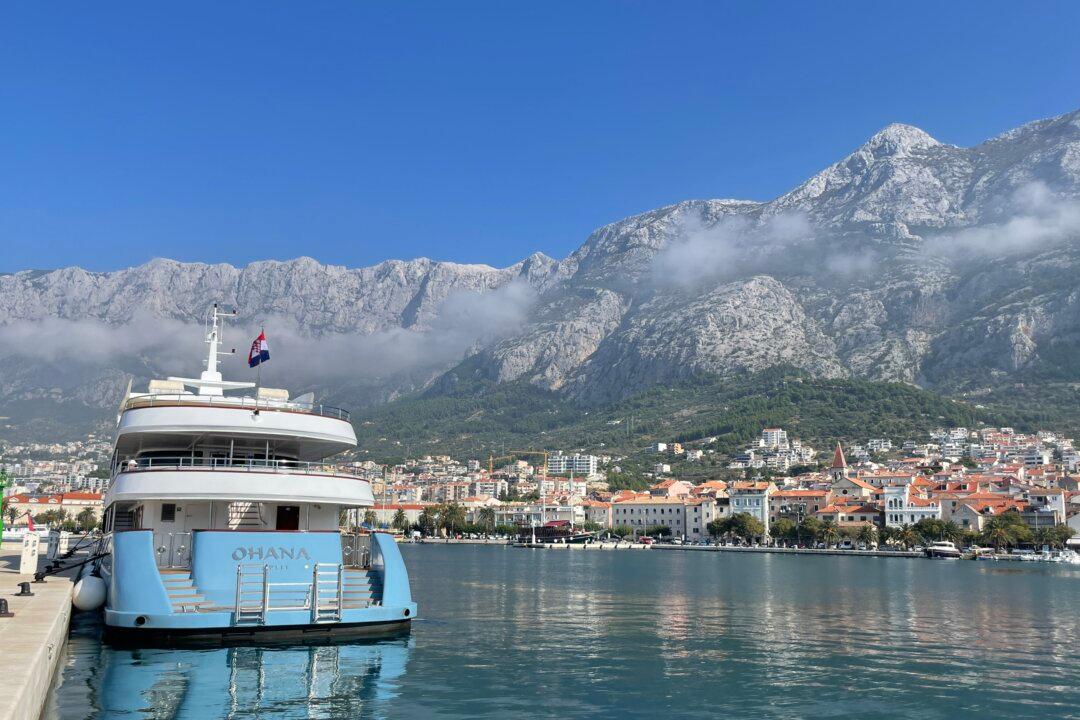“Watch your head,” Jericho says, as our kayak enters the tunnel. We duck as we float into a 1000-foot-long tube dripping with spring water. It’s dark, but we have plenty of headroom.
My husband, Benjamin, and I are deep in the hills of North Kohala on the Island of Hawaii, drifting down the hand-dug Kohala ditch system built more than a century ago. Jericho is a guide with Flumin’ Kohala, an adventure outfitter in the town of Hāwī. Their guides are locals, and Jericho knows the region well. As we float through lush green hills, across flumes, and through tunnels, he tells us about King Kamehameha, who was born near here, and about life on the Big Island.





